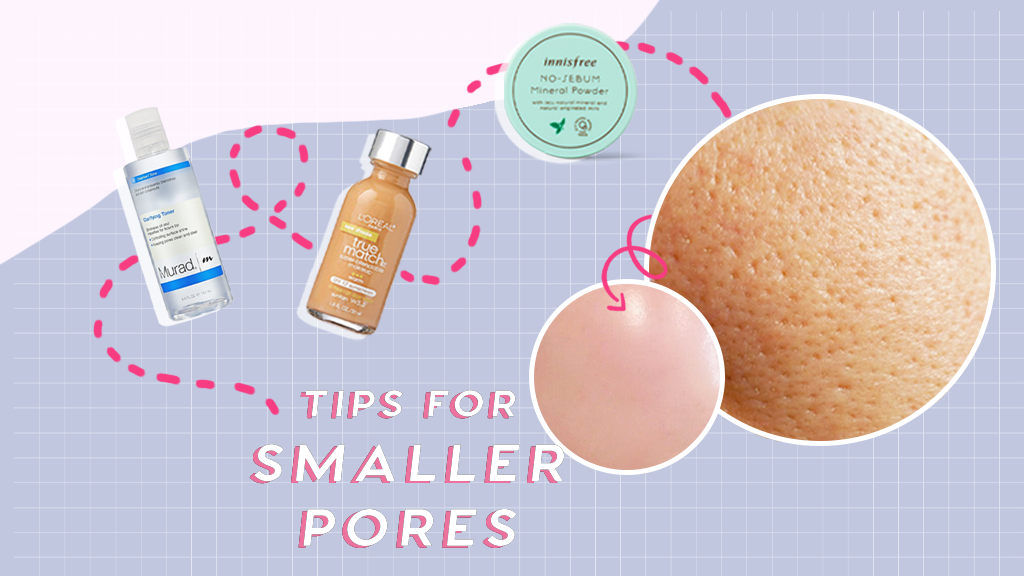
Did you know that the size of your pores is closely linked to your skin type?
For example, oily skin types most likely have larger pores, while dry skin types have smaller pores. Regardless of what skin type you have, one thing is for certain: your pores will get clogged if you’re not washing your face properly.
Today, we’ll be sharing with you our tips for minimizing large pores on your face.
What are Pores?
Pores are little openings on your skin and contains hair follicles and sebaceous glands. The oil secreted from the sebaceous gland helps lubricate hair follicles. Within the sebum contains proteins, fats, cholesterol, and inorganic salts. Sebum also has other roles such as protecting skin from harmful environmental factors, and nourishing the skin with nutrients.
Every person produces different amounts of oil. But the best indicator to oil production varies according to your skin type. If you have an oily skin type, you’re in the group that produces more sebum than people with dry skin.
The only issue with this is when there’s an overproduction of oil. When this happens, your pores are at a higher risk of getting clogged due to its large size. The overproduction of sebum will eventually start filling up with dirt and residue. This then creates a pimple.
But that doesn’t mean you should forever shout “NOO!” into the heavens. Due to the natural lubrication, people with oily skin types are likely to show signs of aging later on than their dry skin type peers.
What’s the right way to cleanse your face?
In order to understand what the right way to cleanse your face is, let’s backtrack a little to understand how pores work.
You all know there’s a myth going around of pores “opening and closing.”
But the truth is that your pores, just like your skin, are adjusting themselves according to outside factors. Just as how you sweat to cool yourself down during hot temperatures, your pores are actually expanding and contracting to the temperatures they’re exposed to. Hence why, whenever you are in an environment where temperatures are hot and humidity is rising, or you’re sweating tons after a good exercise session and raising your body temperature, your pores are expanding. On the surface, this gives off the appearance of “open” pores.
On the flip side, when you are exposed to cold weather and cold temperatures, took a cold shower, put on a chilled sheet mask or even applied toner after cleansing, your pores contract and give off the appearance of “closed” pores.
Minimizing Large Pores by Cleansing the face
1. Deep Cleansing
Deep cleansing prevents the pores from getting clogged by sebum, debris and dead skin that may have formed throughout the day. As the name suggests, double cleansing is all about cleansing twice to make sure your skin is clean inside and out.
Start off with cleansing the skin with an oil based cleanser. Oil attracts oil, and so using oil cleansers or makeup removers will draw out the dirt that is attached to the oils on your face.
After rinsing off the oil-based cleanser, wash your face again with a gentle water-based cleanser to make sure that any remaining debris is washed away.
2. Mask
Following up with a clay mask helps control sebum production, exfoliate, and draw out any impurities that are still lurking down in the pores. Spread an even layer of the mask onto your face and wait for it to dry. Afterwards, rinse and wash off the mask.
Make sure you follow the mask’s instructions on how long the mask stays on. This is because certain masks can be very drying and require specific times before they reverse the effects on the skin. When your skin dries out, this will signal your body to produce more oil. We definitely don’t want that.
3. Tone
After cleansing, it’s good to follow up with a toner. Toners help to clean and minimize pores, gives a slight cooling effect, and help prep the skin for the next steps of skincare.
4. Extract
You can try using an extraction tool to unclog the excess sebum clogging up your pores. Take very good care with your skin if you choose to do so by gently pressing down on the skin to remove any blackheads and whiteheads. Keep in mind that sebaceous filaments (those long or stringy looking waxes coming out from your pores) are not blackheads or whiteheads. They’re also essential for keeping your skin well protected and moisturized.
Minimizing Large Pores with Makeup
There are many different ways of applying foundation and powder to help minimize the look of your pores, but here are a few steps you can take to help you achieve a poreless look.
1. Use a Foundation Brush
Use a foundation brush to spread your foundation evenly onto your skin and buff in a circular motion. This helps make sure you’re filling in all the exposed pores and smooth out the surface of your skin.
If your skin is on the more sensitive side, look away from foundations containing mica, zinc oxide, titanium dioxide, and lanolin. All of these ingredients are known to clog pores and lead to more breakouts.
2. Set the Foundation
To put simply: the shinier your face, the more pronounced your pores will look. When you don’t set your makeup, your overproduced sebum will find ways to seep through your hard worked makeup and cause it to slip away from your face. Eek!
Focus on patting down your T-Zone with a translucent powder to help flatten the appearance of pores to achieve a flawless and airbrushed effect.
For more on reducing appearance of big pores, check out the full video:
Head over to more information and product recommendations: youtube.com/c/BeautyWithin

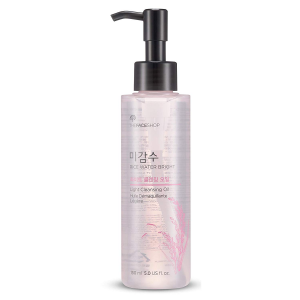
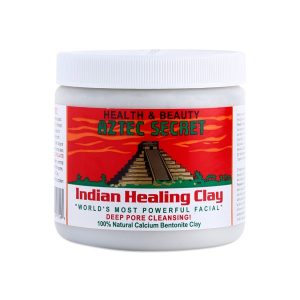



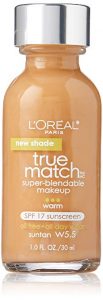
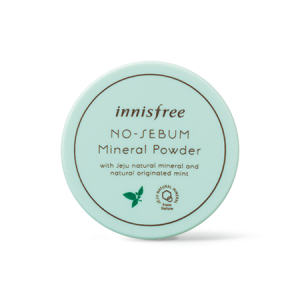


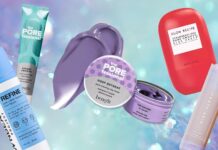

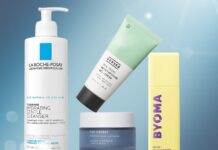
A lot of great information here!